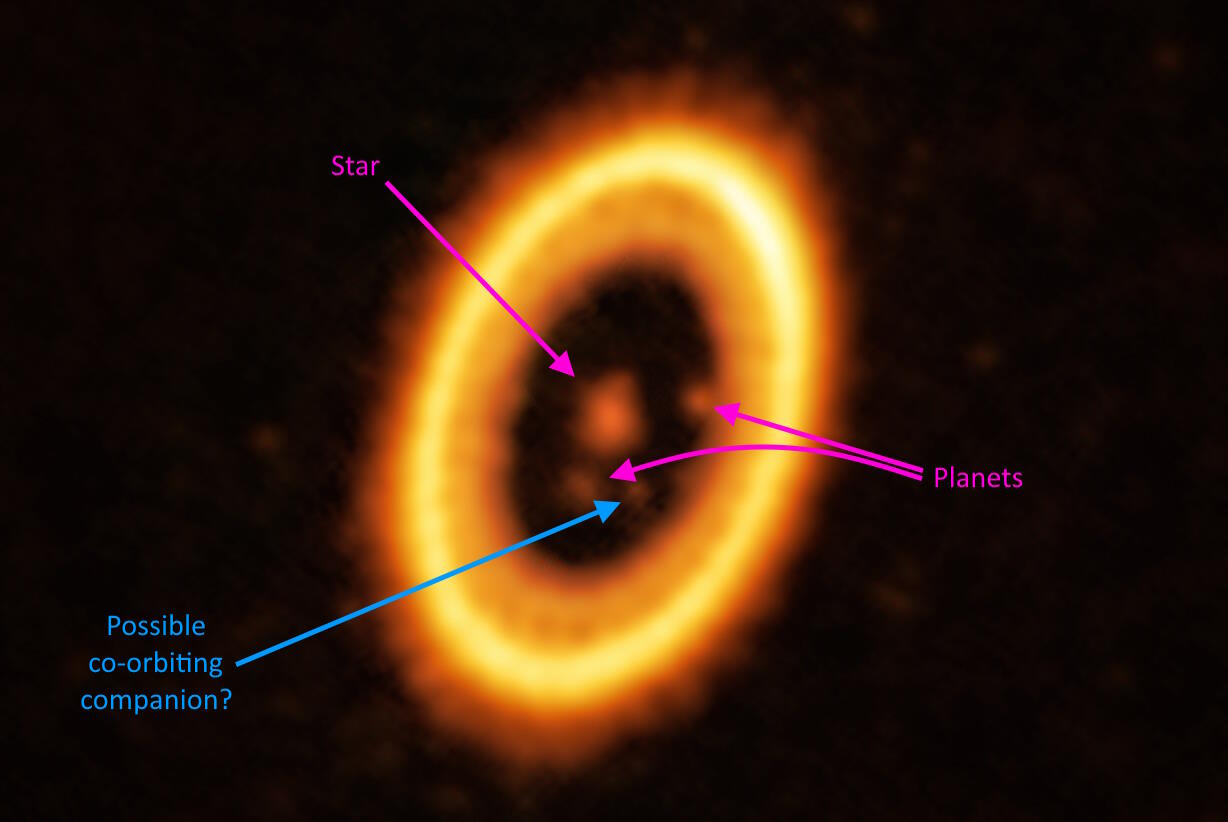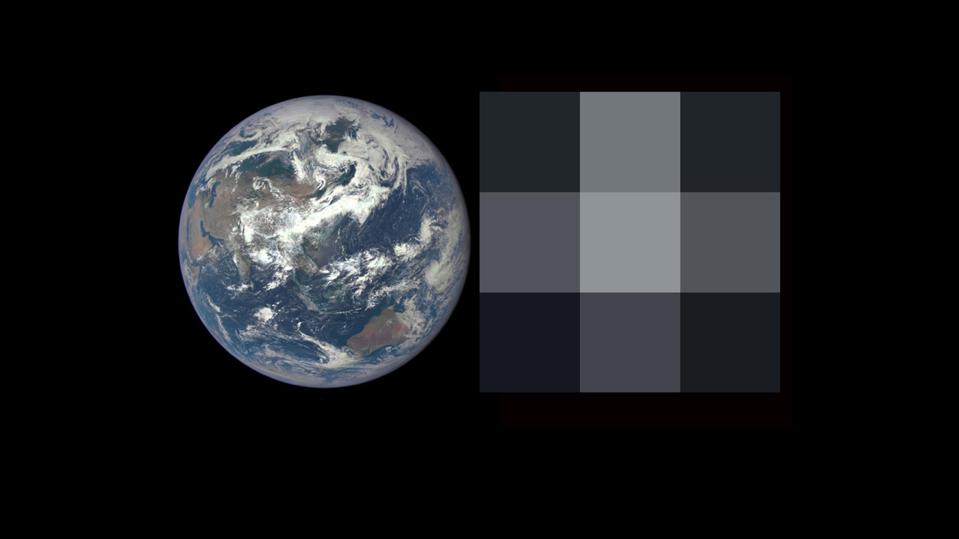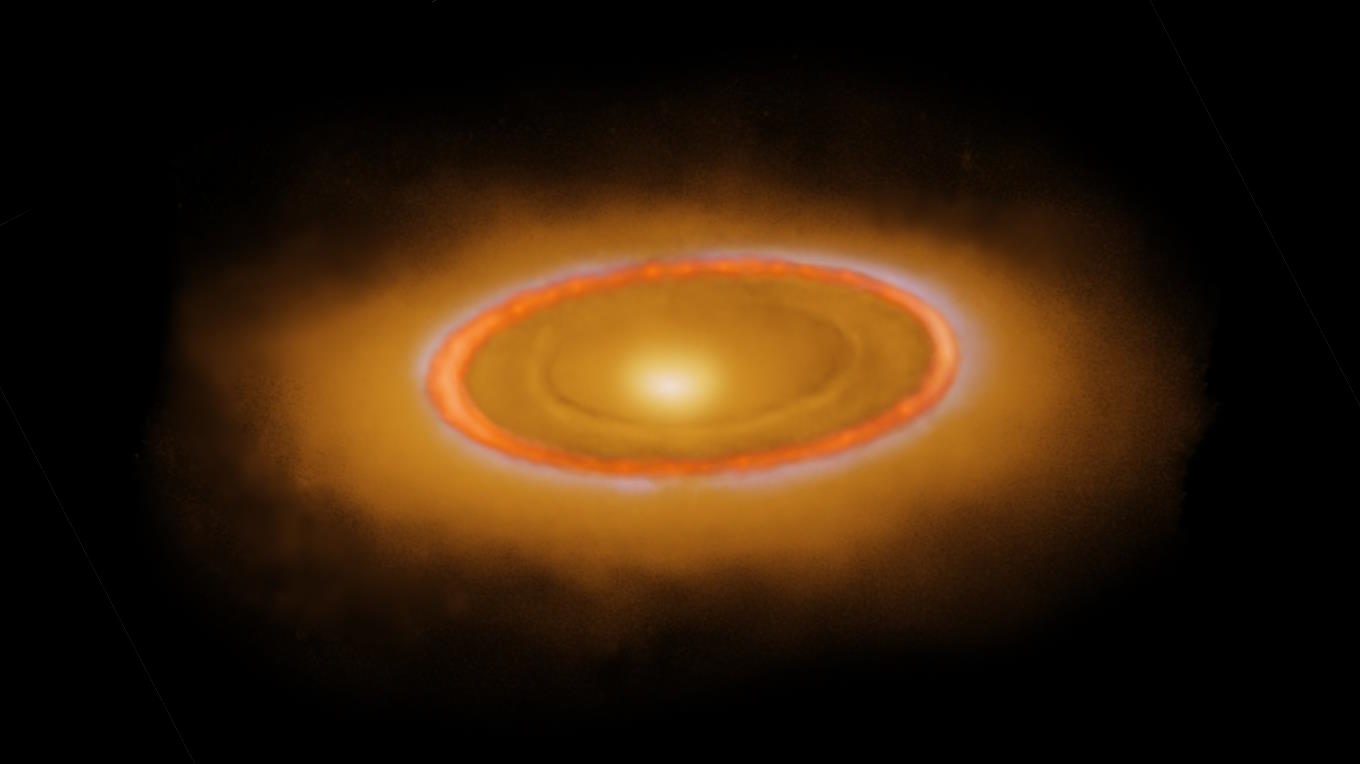A Young, Dusty, Disk-Bearing Star Reminds Us ‘Alien Megastructures’ Aren’t The Only Answer
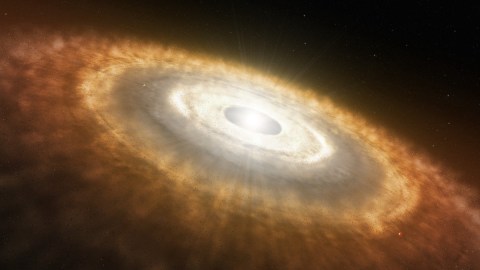
When our imaginations run wild, it’s important to remember that’s our fault, not the data’s.
“Otherwise we are trying to communicate with someone who doesn’t exist with a system which doesn’t work.” –Philip K. Dick
When you observe a distant star, you expect its brightness to be something that’s fairly uniform. Sure, some stars vary in brightness periodically — even our Sun does — but those intrinsic variations occur with predictable regularity and at well-understood magnitudes. Some stars vary because of extrinsic factors, such as being eclipsed by another star or being transited by an extra-solar planet. But every once in a while, we run across a strange star: one that has its brightness change in a way that isn’t periodic or explicable by current models.
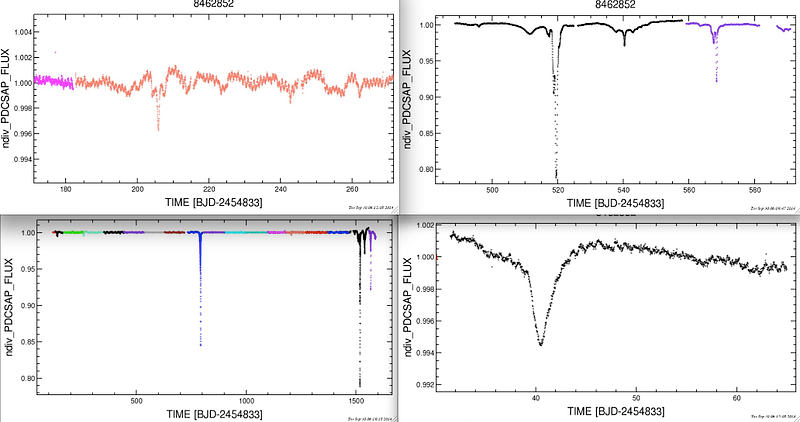
In the case of one particular star, KIC 8462852, the dips in its brightness are so big, so irregular and so strange that a whole slew of odd phenomena have been proposed to explain it. Some of the more natural explanations, such as massively ringed planets, protoplanetary disks, disintegrating comets or massive planetary collisions, have been disfavored by various observations. But one of the more spectacular scenarios — that some sort of massive alien megastructure is blocking a large fraction of this light at irregular intervals — has captured the public imagination.
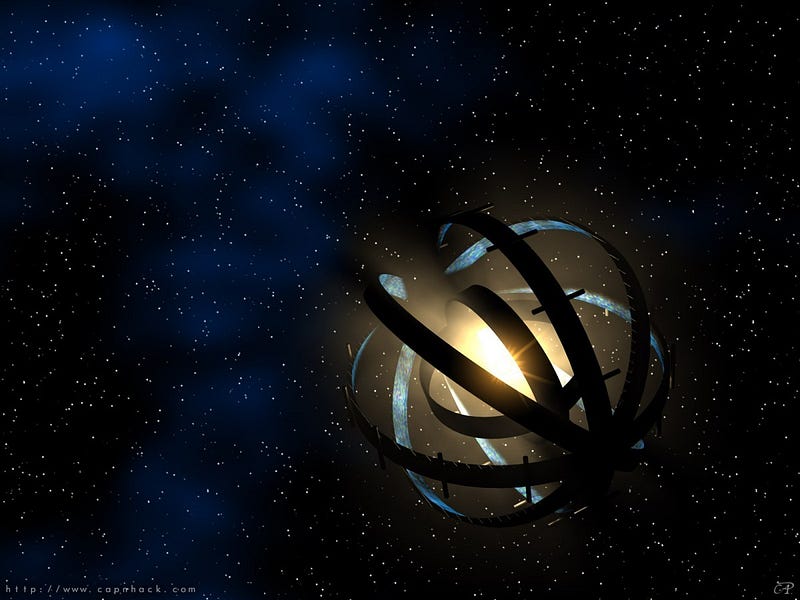
The whole impetus for considering this outlandish explanation is because none of the conventional ones seem to work. An eclipsing binary would require that these large variations be regular, and they are not, even though the star does have a binary companion. Transiting planets simply aren’t large enough in size compared to stars to be responsible for such incredibly large variations. Young stars with protoplanetary disks should emit light in the infrared, and observations with NASA’s Infrared Telescope Facility (IRTF) came up empty. The infrared observations also show no evidence for warm dust, which would exist if a planetary collision debris were at play. And so an incredible density of dusty comet fragments seem to be all that’s left, yet that explanation seems almost as crazy as aliens, since it, like aliens, has never been observed before without accompanying infrared radiation, like the star Eta Corvi shows.
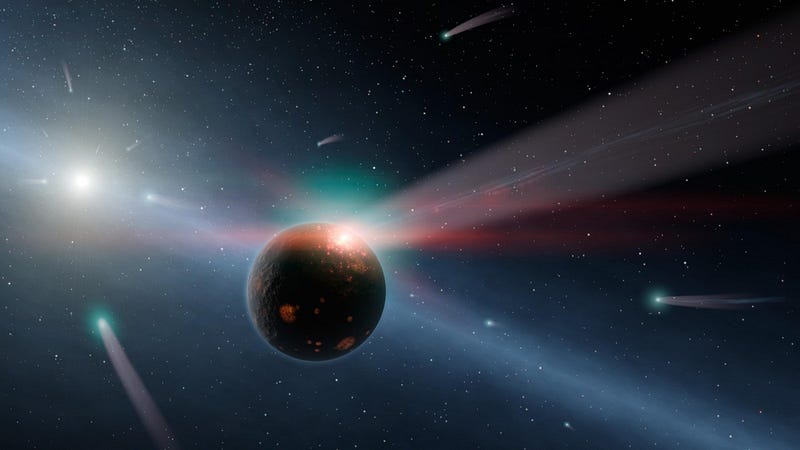
In addition, the star itself seems to be dimming ever so slightly — but regularly — over time. So does this mean it’s got to be aliens? Maybe. After all, the only other types of stars that show large, irregular dips appear to be young stars with disks of some type around them: protoplanetary disks, debris disks or circumstellar disks, for example. Yet those disks always emit infrared radiation, which KIC 8462852 doesn’t show, and furthermore this star appears to be at least hundreds of millions of years old, not newly born. Combined with the dropping of the brightness — by 20% over approximately a century — perhaps a megastructure is being built, and it’s getting more and more complete.
But there’s another explanation that could* work, and it’s much more subtle.
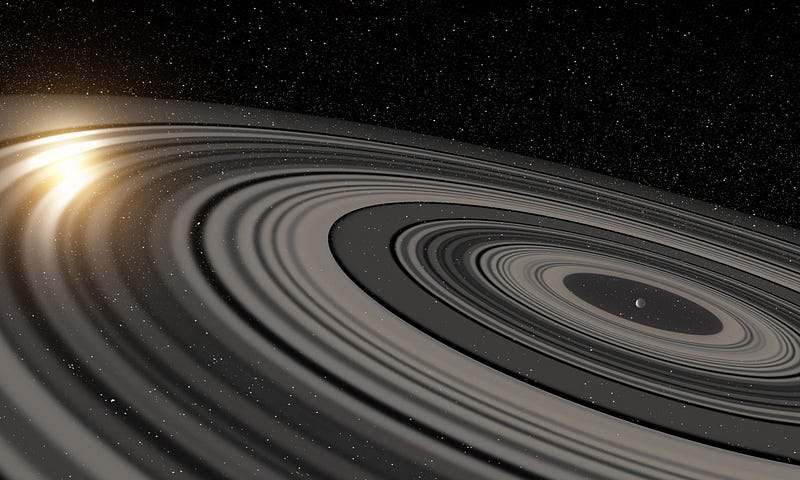
Young Stellar Objects (YSOs) are known to have the large flux dips that this weird star has, and they’ve recently been shown all have disks that come in a variety of inclination angles. In a new study who’s preprint just came out this past week, the star EPIC 204278916 was observed, and it, too, is a YSO that exhibits these big flux dips. It’s also much lower in mass than the Sun and is no older than 11 million years. It does see a little bit of infrared emission thanks to NASA’s WISE satellite, but follow-up observations (with ALMA) have concluded that its disk is inclined at 57º ± 9º to our line-of-sight. But again, most importantly, it has the same style of flux dips.
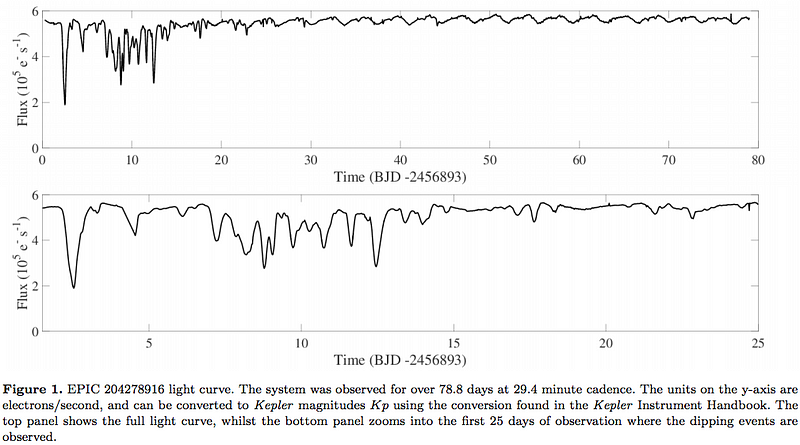
The authors offer two potential explanations for the big flux dips that they see that’s also consistent with everything else observed:
- a warped inner disk transiting circumstellar clumps in circular orbits, and
- cometary-like debris in an eccentric orbit.
What’s most interesting about this? That although the first explanation would result in infrared radiation being detectable for this mysterious object, which it doesn’t show, the second explanation — one of the original non-exotic explanations put forth by KIC 8462852′s investigators — could also account for the weird “alien megastructures” star!
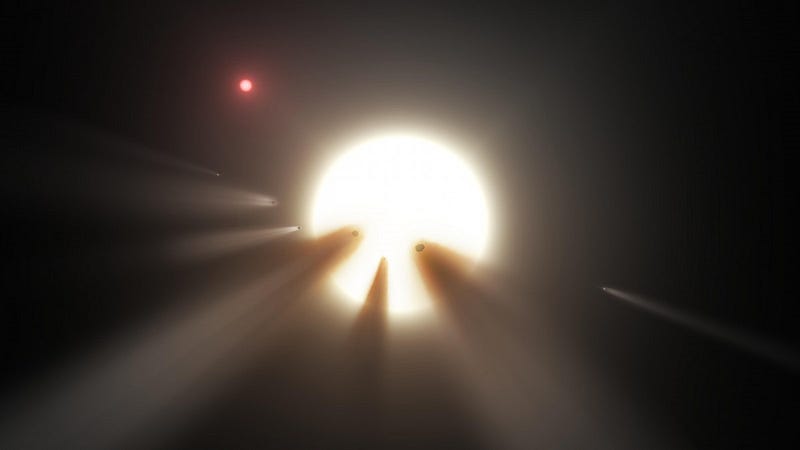
Whether this star turns out to be younger than is generally accepted (which many professional observers think it is), whether it potentially has a distant, outer disk that happens to be cold enough (so we don’t see any near-infrared flux), the big deal is that there may be cometary-like debris blocking the light. And if there is, then what we’ve discovered is a new stage in the potential evolution of a class of stars! This is also interesting, and it just isn’t aliens like many were hoping for.
But this brings up an incredibly important point: science isn’t about what you hope for, it’s about what the evidence points towards. By studying these stars with large flux dips, we’ve learned that circumstellar disks — always including an outer disk but often an inner one as well — are practically universal. What’s more likely, that this one star has as completely different cause: aliens, or that nature has conspired to make this star’s disk much cooler, more distant and difficult to see?
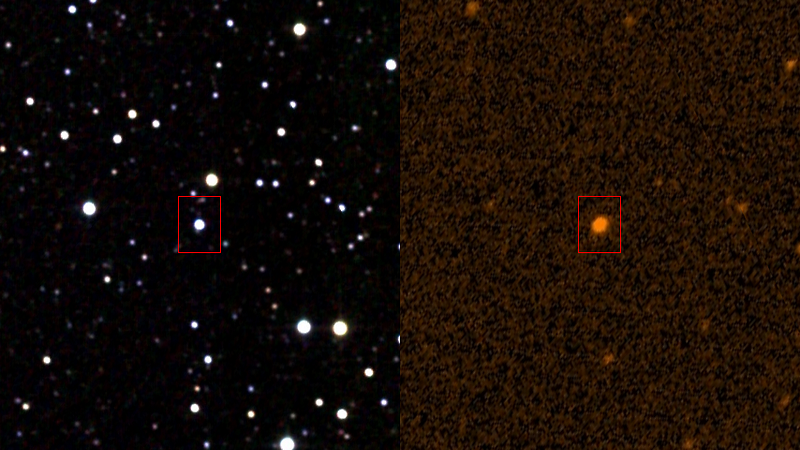
The jury’s still out, of course, but right now, the smart money is on the explanations that fit all the rest of the data so far. If and when the flux dips begin recurring, we’ll at last have our answer for certain.
This post first appeared at Forbes, and is brought to you ad-free by our Patreon supporters. Comment on our forum, & buy our first book: Beyond The Galaxy!

